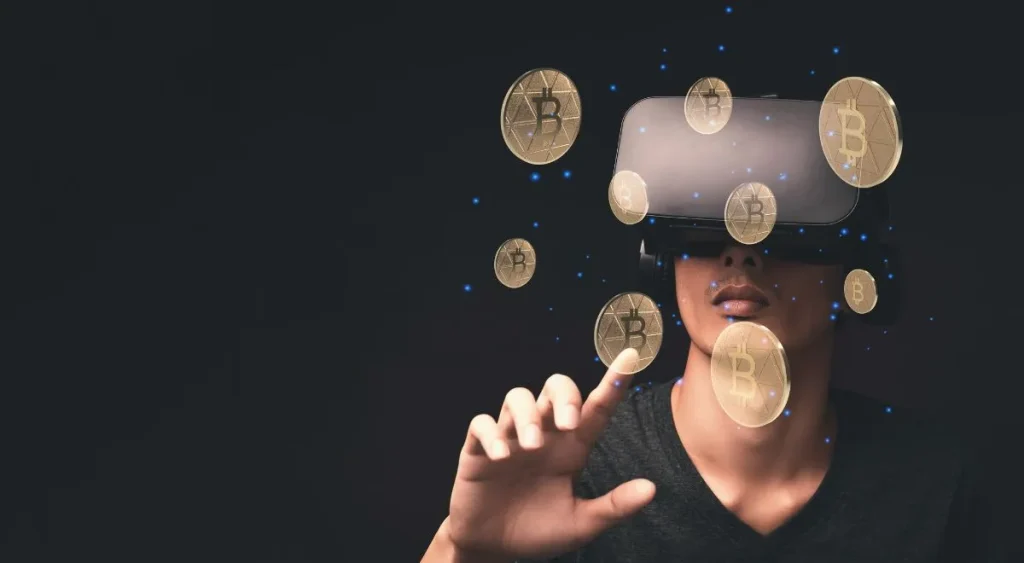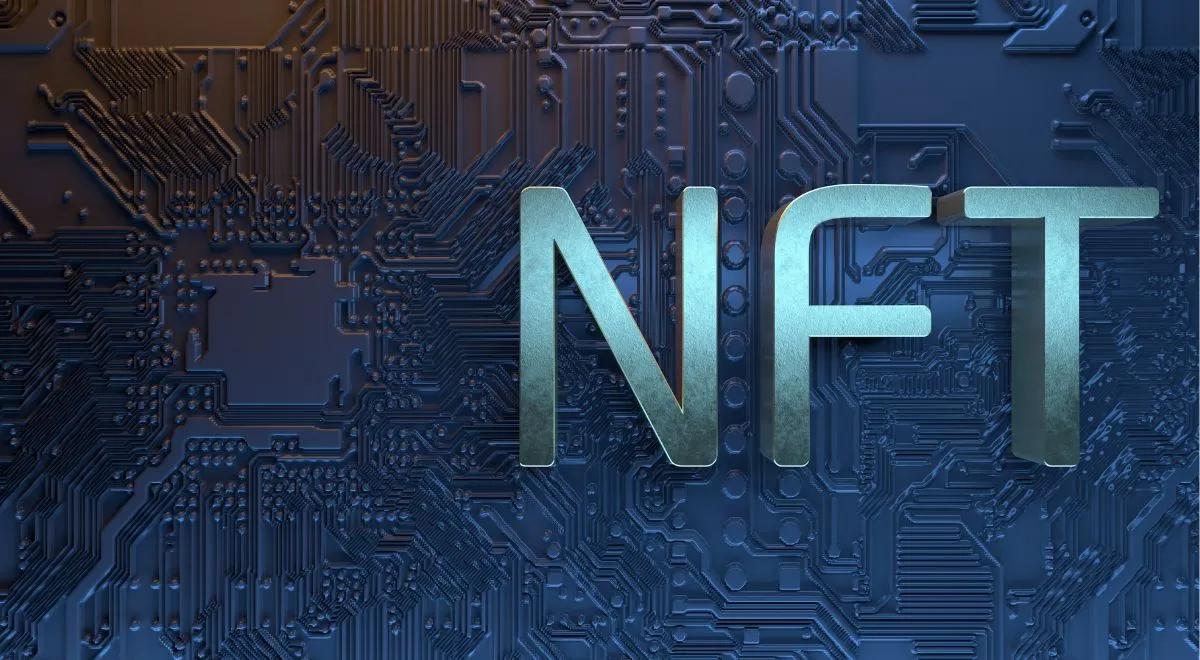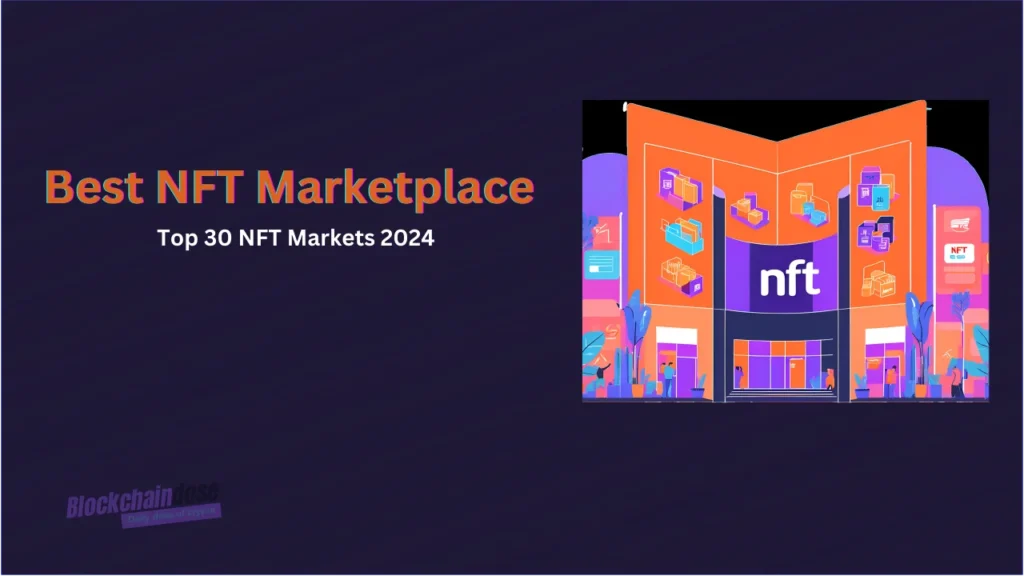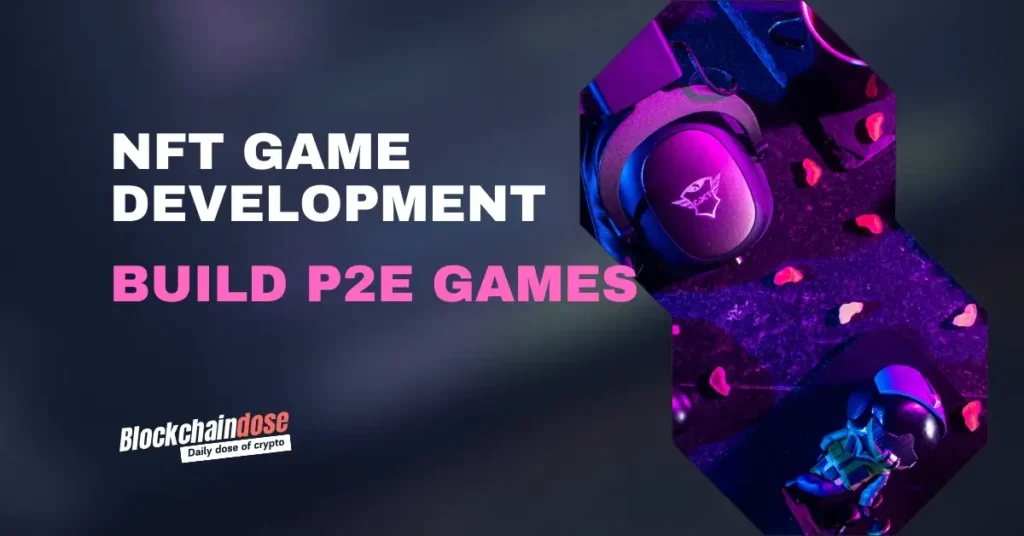NFTs are currently experiencing rapid development and are now in a class by themselves. The emerging sector of assets must first wipe out toxic traders before it can fully realize its potential and support creator economies. Many creative people have started collections in an attempt to make quick money rather than give long-term benefits to communities as a result of the NFTs’ explosive growth. In order to provide a smoother entry into the fascinating world of digital ownership, we’ll go over the top five risk factors to avoid when starting a new NFT collection.
Mistakes to Avoid in NFTs
Due to the high price at which NFTs are selling, many people believe they have the chance to become very wealthy. But, the procedure takes much more than just creating an NFT and getting paid. Take a look at the most common NFT errors to avoid.
Incomplete Market Research:
One of the most common mistakes in the NFT space is a failure to undertake sufficient market research. A successful NFT launch requires more than simply appealing artwork; it also requires knowing current trends, defining your target demographic data to analyze and measuring demand for your collection. If you skip this important phase, you risk producing NFTs that don’t connect with your audience or, worse, have no market at all.
Before you begin the creative process, examine successful NFT collections, research market trends, and identify gaps that your collection may solve. For valuable insights and feedback, interact with the NFT community on social media platforms, forums, and markets. A well-informed approach will boost the likelihood of your NFT collection getting popularity greatly.
Also, read: Complete guide to NFT Collections.
Overlooking Smart Contract Security:
The basic technology of NFTs is based on smart contracts, which are self-executing contracts with the conditions of the agreement directly put into code. Smart contract security flaws can have disastrous effects, including the loss of funds and the reputation of your project.
To prevent making this error, thoroughly examine your smart contracts and work with respected blockchain security firms. Make certain that your smart contracts are secure, transparent, and meet industry requirements. Additionally, before releasing your NFT collection, consider requesting for feedback from the blockchain community to identify and address potential concerns.

Ignoring Legal Compliance:
The NFT industry works in a regulatory gray area, and managing it requires close attention to legal requirements. Ignoring or underestimating legal matters can lead to legal challenges, asset loss, and brand damage.
Consult with legal experts who are familiar with blockchain and NFTs to ensure that your project is compliant with local and international standards. Consider issues such as plagiarism, intellectual property rights, and tax implications. Including detailed terms of service and disclaimers in your contracts protects both you and your collectors from legal problems.
Selection of Marketplace:
Many NFT creators enter the business without performing their homework. All marketplaces have specific advantages for creating and marketing NFTs, and it’s critical to understand where your target audience spends their time.
Always do your research and identify those people that are likely to find your offer interesting. Analyze the communities on various marketplaces and how quickly they respond.
Also, read: Top 9 NFT Marketing Agencies to Skyrocket Your NFTs Sales
Failing to Build a Community:
Creating a strong community around your NFT collection is important for long-term success. Your project may lose interest and support if you don’t interact with your audience and don’t make an attempt to establish a community.
Connect with your audience by using social media sites, Discord, and other community-building tools. Provide regular updates, behind-the-scenes content, and chances for community members to contribute ideas to promote a sense of connection and uniqueness inside your community. Listen actively, answer issues, and make your audience feel appreciated. A strong community not only adds to the initial success of your NFT launch, but also to the project’s continued success and growth.
Poor Marketing Strategy:
Without a well-planned marketing approach, even the most extraordinary NFT collection may struggle to get notice. Relying only on the quality of artwork or the uniqueness of idea is a common mistake. This can lead to missed chances and other harmful results.
Create a comprehensive marketing strategy that includes social media promotion, influencer collaborations, press releases, and community involvement. Use the power of narrative to create a tale around your NFT collection, making it more relatable and appealing to more people. Use SEO optimization strategies to increase your project’s visibility on search engines and markets.
Rushing the Launch Process:
In the world of NFTs, there is a temptation to launch of collection quickly and to make money. However, speeding the process might lead to mistakes, blunders, and missed opportunities. It is critical for long-term success to thoroughly prepare and execute your NFT launch.
Make a clear plan for pre-launch promotion, community participation, and post-launch activities. Test your smart contracts properly to ensure that they are secure and work as expected. Collaborate with influencers, create excitement in your community, and pick a debut date that allows for enough preparation. A well-executed launch is more likely to attract collectors’ attention and generate a favorable first impression for your NFT collection.
Conclusion:
To launch a successful NFT collection, a combination of creativity, technological expertise, and strategic planning is required. You improve your chances of producing a collection that not only fascinates your audience but also survives in the competitive marketplace of digital assets by staying away from these frequent blunders. To unlock the full potential of your creative and business ventures participate with your community and embrace the dynamic nature of the NFT area.




